A Crash Course in the Chakras
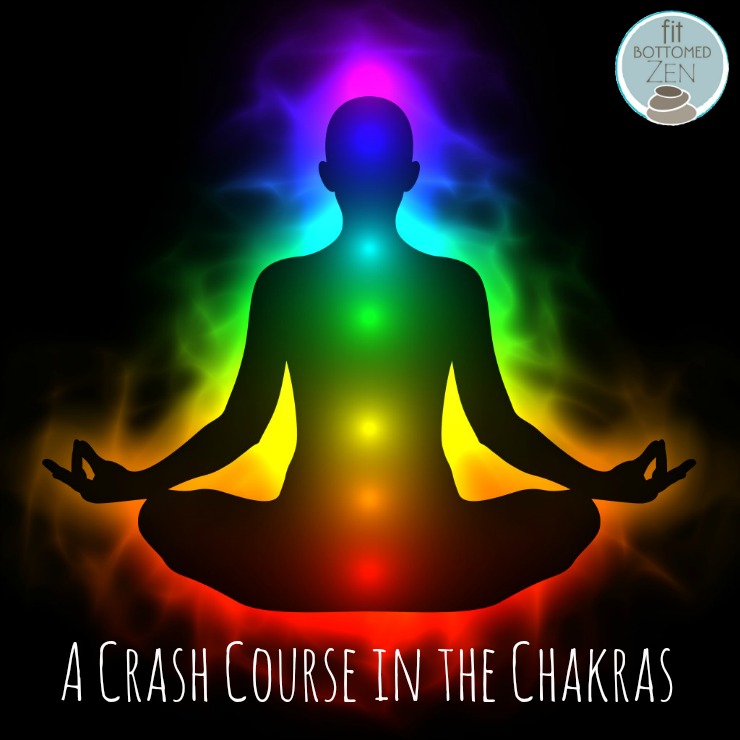 You probably didn’t start going to yoga because of a burning desire to balance your chakras — I certainly didn’t. But somewhere along the way maybe you heard a bit here and there and started wondering what all the hubbub is about.
You probably didn’t start going to yoga because of a burning desire to balance your chakras — I certainly didn’t. But somewhere along the way maybe you heard a bit here and there and started wondering what all the hubbub is about.
Most explanations of the chakras left me even more confused. So I began my quest for a “plain English” explanation.
I get asked about it a lot, so I figured a crash course in the chakras was in order. Here we go!
An Intro
There are several variations of the chakra system, but for the sake of simplicity (this is just a crash course after all), we’ll stick to exploring the most commonly used system here in the West, which is a 7 Chakra System.
Each of the seven chakras in this system are situated along the spine but they aren’t fixed physical structures. In other words, you can’t X-ray your spine and find spinning wheels of light there — sorry! The chakras are more like hubs of concentrated activity or energy that form a chain.
Think of the chakra system as a power grid and the chakras as individual power stations that make up that grid. Each power station in the grid contains its own energy but also acts as a relay system to transmit energy to the rest of the system. The stations are connected and each must do its part to hold just enough energy to support its designated area while still allowing the proper amount of energy to flow through it to the next station so the whole system can operate efficiently.
Balanced vs. Unbalanced
A chakra is considered balanced when it doesn’t hoard or too freely give its energy away, staying in the “Goldilocks Zone” — you know, not too little, not too much, just right. When this occurs, the system functions well and we feel good.
Conversely, when a chakra is unbalanced, it’s typically classified as excessive or deficient. As the names suggest, excessive chakras contain too much energy, and deficient chakras contain little or no energy.
Because the individual chakras are designed to function together, when a chakra is unbalanced, it messes up the flow of energy through the entire system. In order words, for each chakra to do its job, the other six must allow energy to flow in a way that’s not excessive or deficient.
To illustrate what this looks like, imagine that you and some friends are discussing where to have lunch. You ask: “Where do you want to grab a bite?”
If all your friends began to scream at you, rattling off several restaurants, you’d probably become so overwhelmed by all the information coming at you that you’d be unable to use any of their suggestions. This is what happens when a chakra is excessive — it’s so overcrowded with energy that its energy becomes heavy and useless.
On the other hand, if your friends all just sat there and stared at you instead of answering, you might find their lack of response to be just as useless. This is what happens when a chakra is deficient — it’s got so little energy that it becomes closed off and empty.
The Chakras
There’s a ton of literature that goes into varying degrees of depth about the chakra system, but here’s the quick and dirty. *NOTE: The italicized names for each chakra below are their Sanskrit names.

1st Chakra: Muladhara – Root Chakra
Situated at the base of your spine, it’s associated with survival and instincts. When balanced, you’re comfortable, safe and trusting. When it’s unbalanced, you may be chronically tired, unwilling to change and feel compelled to buy or hoard stuff (excessive) or you could be anxious, restless and disorganized (deficient).
2nd Chakra: Svadhisthana – Sacral Chakra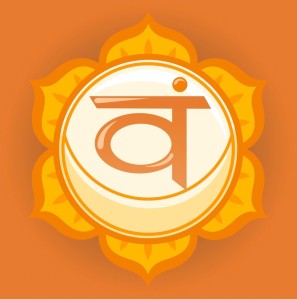
Situated just below your belly button, it’s associated with needs, feelings and sexuality. When balanced, you’re nurturing, in tune with your emotions and flexible. When unbalanced, you may be constantly pleasure-seeking, driven by emotions and very needy (excessive) or you might be unemotional, rigid and lack passion (deficient).
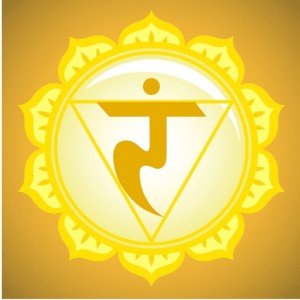
3rd Chakra: Manipura – Solar Plexus Chakra
Situated between your belly button and low ribs, it’s associated with energy, personal power and self-esteem. When balanced, you’re confident, energetic and friendly. When unbalanced, you may be arrogant and controlling (excessive) or you could be gullible, unreliable and lack self-worth (deficient).
4th Chakra: Anahata – Heart Chakra 
Situated in your chest, it’s associated with love, balance and relationships. When balanced, you’re caring, compassionate and loving toward yourself and others. When unbalanced, you may be clingy, jealous and overly giving (excessive) or you could be isolated, judgmental and lack empathy (deficient).
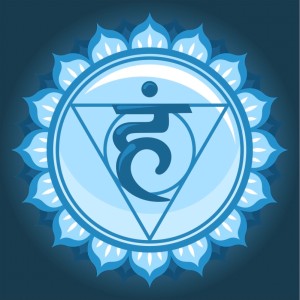
5th Chakra: Vishuddha – Throat Chakra
Situated in your throat, it’s associated with self-expression and creativity. When balanced, you’re inspired and able to communicate clearly. When unbalanced, you might talk to too much, gossip, be unable to listen and frequently interrupt others (excessive) or you might have difficulty communicating thoughts and feelings, be soft spoken and shy (deficient).
6th Chakra: Ajna – Third Eye Chakra
Situated at the center of your forehead, it’s associated with intuition and imagination. When balanced, you’re perceptive and able to visualize concepts. When unbalanced, you might be unable to focus and plagued by nightmares (excessive) or you may be insensitive, unimaginative and in denial (deficient).
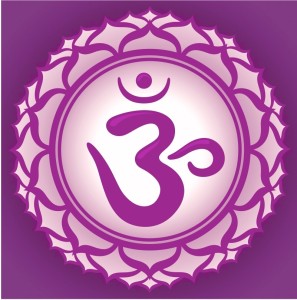
7th Chakra: Sahasrara – Crown Chakra
Situated at the top of your head, it’s associated with understanding, intelligence and spirituality. When balanced, you’re aware, mindful and open to possibilities. When unbalanced, you may be overly analytical, confused and lack body awareness (excessive) or you could be unwilling to question your beliefs and unable to learn (deficient).
How are your chakras feeling today? —Alison

Comments
Oh… I think I my have chronic trouble with my crown chakra.
Thanks for sharing, Alison. It’s hard to find a clear explanation like this!
Definitely deficient in a couple. This is an interesting article, thank you!
Comments are closed.